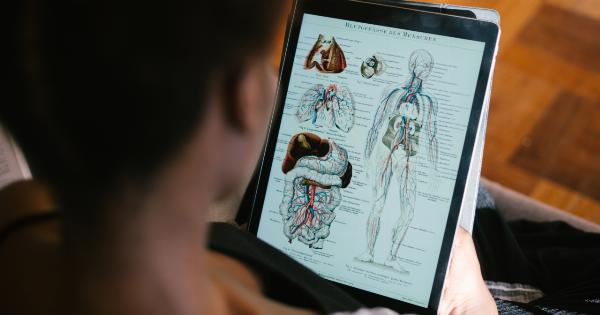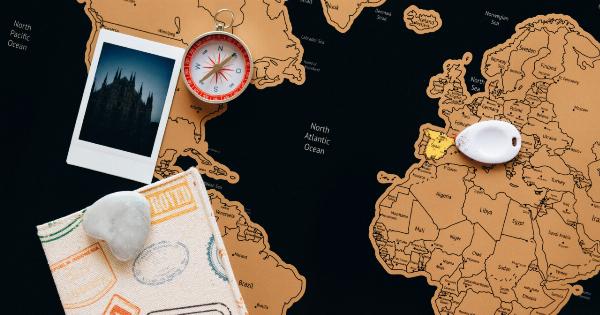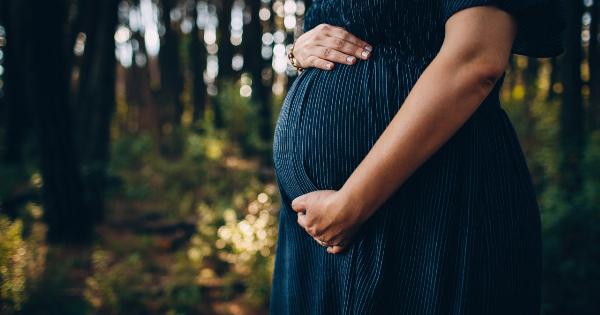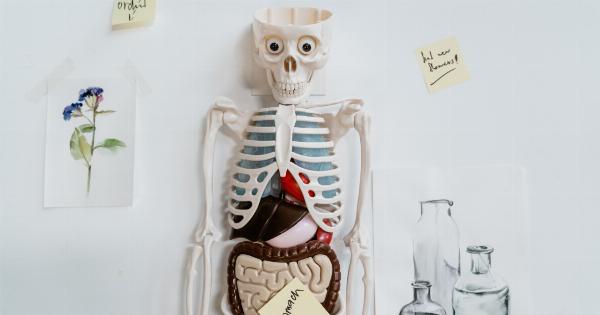Every pregnancy is a miracle in its own right, with the creation of new life taking place inside a woman’s womb. As the fetus develops and grows, amazing transformations occur, including the remarkable formation of the baby’s sex organs.
Let us delve into the incredible journey that unfolds within the womb, showcasing the development of these vital structures.
The Early Stages: Indifferent Development
During the initial weeks of gestation, the development of the fetus is marked by the absence of sexual differentiation. At this stage, the reproductive system appears identical in both male and female embryos.
The undifferentiated gonads, known as the “genital ridges,” start to develop around the sixth week of pregnancy. These ridges are made up of primordial germ cells, which will eventually give rise to either eggs or sperm.
Around the same time, the primitive ducts, called the “Müllerian ducts” and the “Wolffian ducts,” begin forming. These ducts will later develop into the reproductive structures specific to each sex.
Differentiation: The Journey Begins
By the seventh week, the fetus continues to develop and undergoes a crucial turning point in sexual differentiation. At this stage, a gene on the Y chromosome called the “SRY gene” becomes active in males.
This gene signals the gonads to develop into testes instead of ovaries.
The testes, in turn, secrete hormones, including testosterone, triggering a cascade of changes throughout the embryo’s body. These hormonal changes initiate the development of male-specific reproductive structures.
Meanwhile, in female embryos, the absence of the SRY gene allows the ovaries to develop. Without the influence of testosterone, the female reproductive system begins forming with its distinct set of structures.
The Male Anatomy Takes Shape
As the fetus progresses through the weeks, masculinization occurs. The testosterone secreted by the developing testes prompts the growth of the male external genitalia.
By the twelfth week, the penis begins to take shape along with the scrotum, which houses the testes. The urethra, responsible for urination, fuses with the developing penis, establishing the vital urinary and reproductive pathways.
The prostate gland, seminal vesicles, and other supporting structures also develop during this time. These structures play vital roles in producing and transporting semen, contributing to fertility later in life.
The Formation of Female Reproductive Organs
While male reproductive organs are making strides, female reproductive structures undergo a different metamorphosis.
In the absence of testosterone, the Müllerian ducts continue developing, giving rise to the fallopian tubes, uterus, and upper part of the vagina.
External changes also occur, with the clitoris developing and the labia starting to form. These structures play crucial roles in sexual pleasure and protection of the internal reproductive organs.
Continued Development and Maturation
As pregnancy progresses, the baby’s sexual development continues to mature. By the end of the second trimester, sexual differentiation is typically visible through ultrasound imaging.
For males, the testes start their descent from the abdomen into the scrotum. This descent is necessary for normal sperm development and optimal reproductive function later in life.
In females, the uterus and vagina continue developing, preparing for potential future pregnancies. The ovaries also undergo maturation, housing multiple eggs which will be released one at a time during the woman’s reproductive years.
Conclusion: Witness the Miraculous Journey
The incredible formation of the baby’s sex organs is a testament to the wonders of human life. From the indistinguishable early stages to the development of distinct male and female anatomies, the journey within the womb is a marvel to behold.
As we embrace the miracle of pregnancy, we gain a deeper appreciation for the intricate processes that shape our existence. Witnessing the formation of the baby’s sex organs unveils the beauty and complexity of life’s beginnings.





























